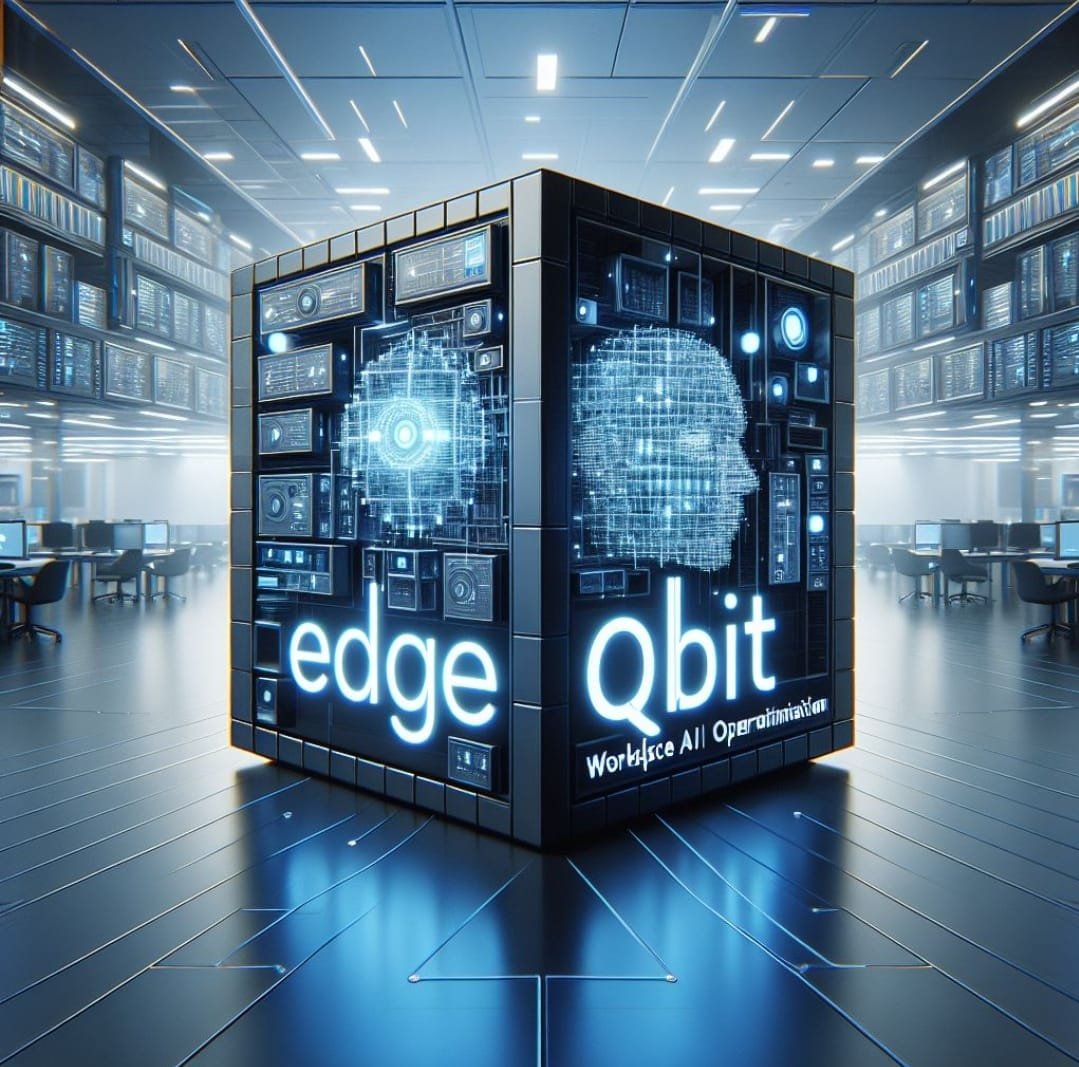As 2023 Closes in here are some emerging trends in Edge Computing
- AI at the Edge:
- Edge computing is increasingly incorporating artificial intelligence (AI) and machine learning (ML) capabilities directly at the edge devices. Running AI workloads at the Edge enables better economics, faster decisioning and automation.
- 5G Integration:
- The deployment of 5G networks is accelerating the capabilities of edge computing by providing faster and more reliable connectivity. This is crucial for applications such as IoT devices, autonomous vehicles, and augmented reality.
- Edge-to-Cloud Orchestration:
- There is a growing trend towards seamless integration and orchestration between edge devices and cloud services. This hybrid approach allows for more efficient data processing and analysis, with critical tasks being handled at the edge and less time-sensitive tasks in the cloud.
- Edge Security:
- As more data is processed at the edge, security becomes a significant concern. Advanced security measures, including encryption, secure boot, and real-time threat detection, are being implemented to safeguard data at the edge.
- Distributed Cloud:
- The concept of distributed cloud extends cloud services to the edge of the network, enabling consistent cloud computing resources across multiple locations. This facilitates low-latency processing and improved performance for edge applications.
- Edge-native Applications:
- Developers are increasingly designing applications specifically tailored for edge computing environments. These applications are optimized to run efficiently on edge devices with limited resources.
- Edge Analytics:
- Edge analytics involves processing data locally at the edge for real-time insights. This is especially important in scenarios where immediate action is required, such as in industrial IoT applications and autonomous systems.
- Open Source Edge Platforms:
- Open source projects and platforms focused on edge computing are gaining traction. These platforms provide a foundation for building and managing edge applications, fostering collaboration and innovation in the edge computing ecosystem.
- Edge-as-a-Service (EaaS):
- Edge-as-a-Service models are emerging, allowing organizations to leverage edge computing resources without having to build and manage their own infrastructure. This trend enables more businesses to benefit from edge computing capabilities.
- Industry-specific Edge Solutions:
- Tailored edge solutions for specific industries, such as healthcare, manufacturing, and retail, are on the rise. These solutions address the unique requirements and challenges of each industry, providing more efficient and specialized edge computing applications.

